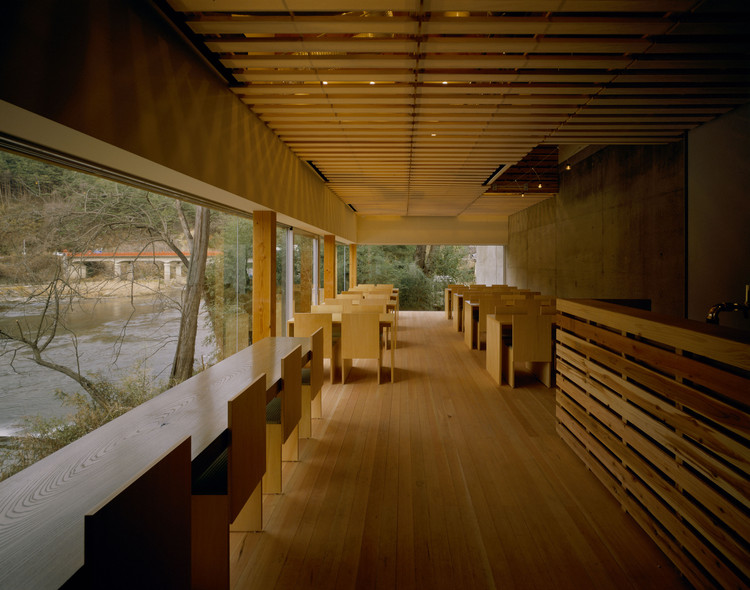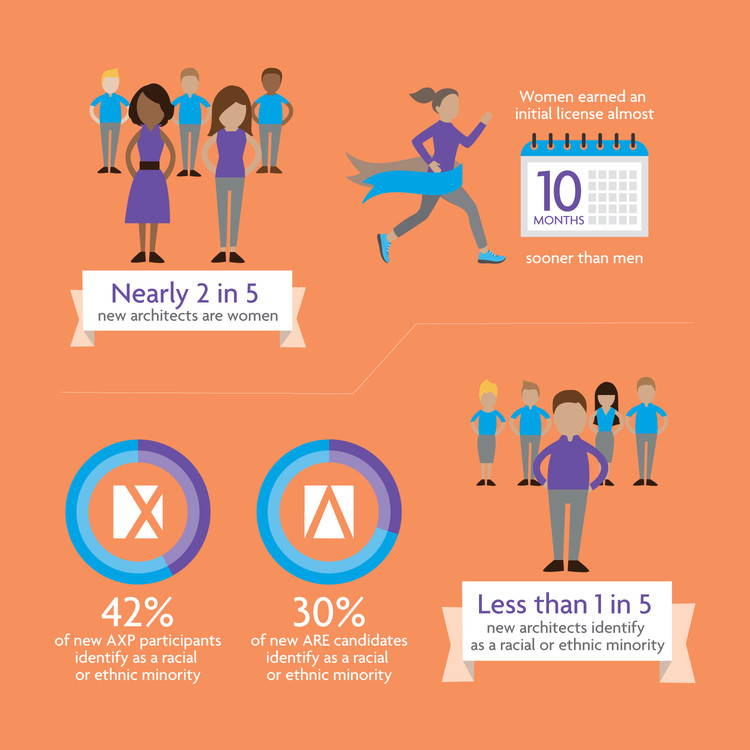
Even with tech like virtual reality, augmented reality, 3D printing, computational design and robotics already reshaping architecture practice, the design community is just scratching the surface of the potential of new technologies. Designers who recognize this and invest in building skills and expertise to maximize the use of these tools in the future will inherently become better architects, and position themselves for entirely new career paths as our profession evolves. It is a uniquely exciting moment for architecture to advance through innovative use of technology. Even just a decade ago, designers with interests in both architecture and technology were essentially required to pursue one or the other. Now, with architecture beginning to harness the power of cutting-edge technologies, these fields are no longer mutually exclusive. Rather than choose a preferred path, today’s architects are encouraged to embrace technology to become sought-out talent.
With much written about how technology is changing the way architects work and the products we can deliver to clients during a project’s lifecycle, there has been less focus on how technology is changing career opportunities in the profession. Architecture companies are now hiring roles that didn’t exist even three years ago. Here’s a look at five emerging career paths design technology will make possible in 2018 and the immediate future.












































